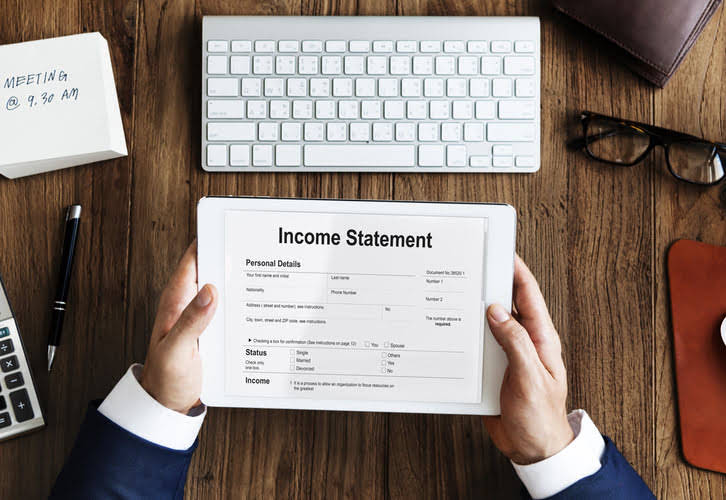
A company should record the transaction at the exchange rate in effect on the transaction date. This ensures accurateness in reflecting the value of the foreign currency in terms of the company’s functional currency. It’s essential to present a clear picture of how these remeasurements influence the company’s overall financial position.
Where should we send your answer?
For ease of reference additional examples of double entry bookkeeping transactions can be found in our examples section. The final step is to record the transaction in the accounting system. This involves making entries in the appropriate accounts using a double-entry bookkeeping system. Each transaction should have at least two entries, with one debiting an account and the other crediting an account. The debits and credits must be equal, ensuring that the accounting equation remains in balance. Transaction gains and losses must be accurately reported in financial statements.
- The chapter closes with a set of summary questions and their answers.
- Foreign currency transactions refer to any financial activities that involve currencies other than the business’s functional currency.
- When a business receives payment in foreign currency for a domestic transaction, it must identify and report any gains or losses arising from currency fluctuations.
- For instance, if a U.S.-based company receives euros and later converts them to dollars, the difference in value from the time of receipt to conversion constitutes a realized gain or loss.
- External transactions involve the business and a third party such as a supplier, they are easier to analyse as there will always be source documents evidencing the transaction.
Analyse and visualise your task analysis.

Financial reports help you manage your cash flow, which affects your budget. Improper financial analysis can hamper your budget management, a crucial component of your business’ success. Accounting transaction analysis is a vital key to understanding your financial reports and properly interpreting your company’s finances. As stated earlier, every valid business transaction has a financial impact on the entity’s business. This simply refers to increase(s) or decrease(s) in accounts identified in the first step. For example, in the above transaction, the introduction of initial capital in the form of cash by Mr. Robert increases both cash account and capital account in the books of Robert Traders.
thoughts on “Introduction to Transaction Analysis: The Basic Accounting Equation”

For the income statement, using an average rate can smooth out daily fluctuations but may not fully capture the impact of significant rate changes during the reporting period. Fluctuations in exchange rates can lead to either gains or losses that must be recognized. This conversion ensures the financial statements reflect the transaction in the functional currency.
Look at the summary of their transaction analysis during a particular time frame. Step 3 The Dividends account is increased because dividends have been paid. Bold City Consulting pays $150 to the store where it purchased $250 worth of supplies in transaction (2). Above, is to make it easier to decide whether an increase or decrease requires the account to be debited or credited. In this step, we determine which account is to be debited and which one is to be credited on the basis of the increase and decrease in accounts identified in the preceding step.

Shareholders’ Equity Statement
The accounting transaction analysis described in the six steps above, is best set out in table format to ensure that important considerations about the transaction are not overlooked. Accounting transaction analysis is the process involved of the first step in the accounting cycle which is to identify and analyze bookkeeping transactions. The final step involved in transaction analysis is to apply the rules of debit and credit on accounts. Under IFRS, businesses must first remeasure foreign currency monetary items using the closing rate at the end of each reporting period.

For instance, if a business purchases inventory abroad and pays in a foreign currency, fluctuations can lead to adjustments in the inventory account. By understanding these core concepts, businesses can better manage and report the financial impact of foreign currency transactions accurately. Financial accounting is intended to provide financial information on a company’s operating performance. Financial accounting is the widely accepted method of preparing financial results for external use.
How do we determine the nature of accounts?
Always double-check receipts and invoices to ensure you have the correct transaction amount to enter on each account. Otherwise, your entries may be correct, but your bank statement won’t match your financial what is transaction analysis in accounting reports. The transaction analysis for this can be evident from every transaction’s impact on the account statements. Let’s take an example of transactions from the statements of NewAge Electronics.
The cash balance declined here because salary was paid to an employee. Recognizing an expense is appropriate rather than an asset because the employee’s work reflects a past benefit. The effort has already been carried out, generating revenues for the company in the previous week rather than in the future. As a second example of accounting transaction analysis, suppose a business is started with a capital injection of 30,000 cash by the owner. Shareholders’ equity, also known as owners’ equity or stockholders’ equity, represents the residual interest in the company’s assets after deducting liabilities.
